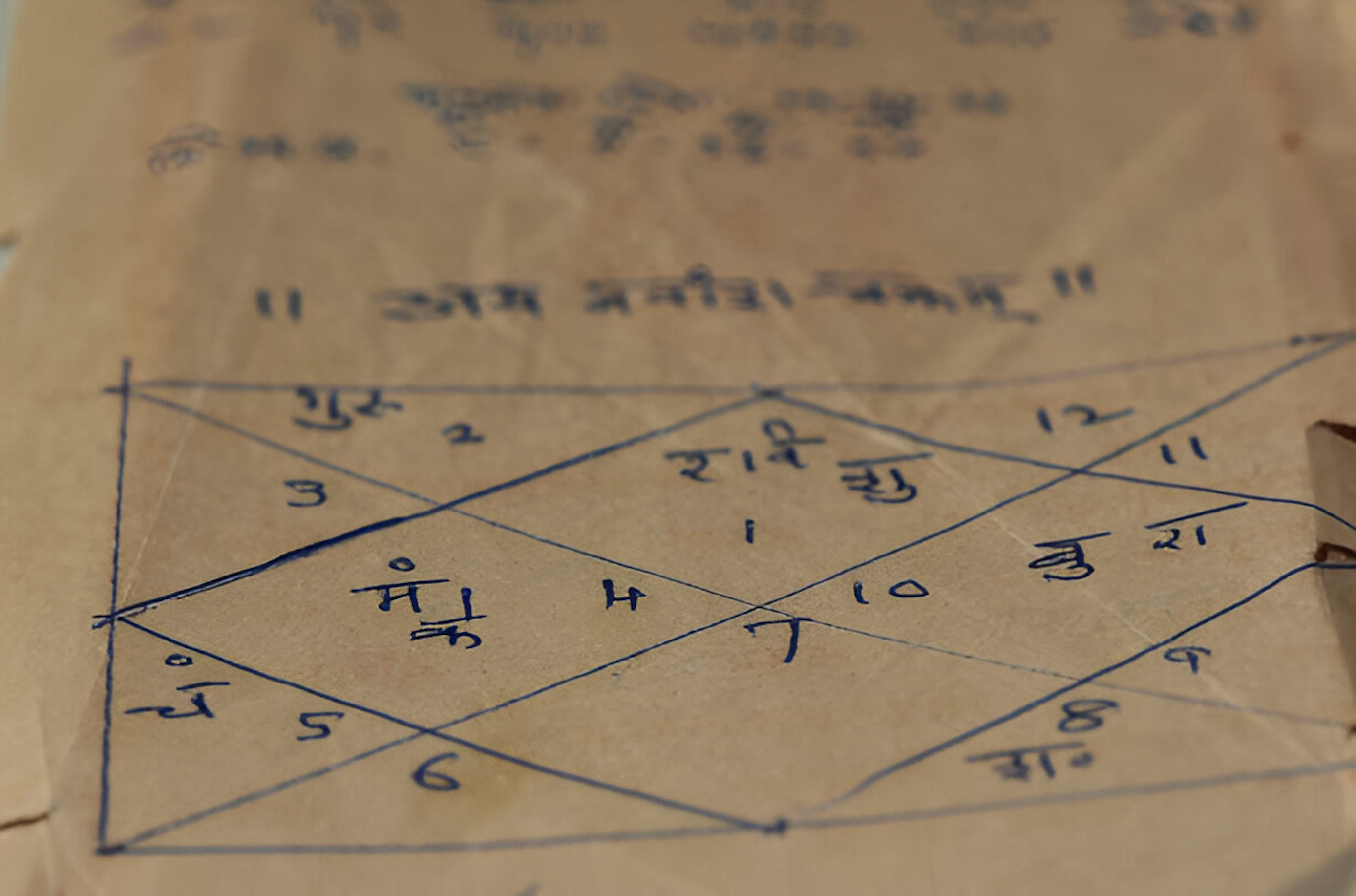Astrology has captivated human interest for millennia, serving as a fascinating tool to better understand ourselves and the world around us. While many are familiar with their Sun sign, which is often referred to as their ‘star sign’, this is only the tip of the astrological iceberg. Your full astrological profile is much more complex, and it’s all mapped out in your birth chart, also known as a natal chart. In this beginner's guide, we will explore what a birth chart is, what it reveals, and how you can begin to interpret its deeper meanings.
What is a Birth Chart?
A birth chart is essentially a snapshot of the sky at the exact moment and location of your birth. It captures the positions of the Sun, Moon, planets, and other celestial bodies, each placed within one of the 12 astrological houses. This cosmic map offers a personalised blueprint of your life, influencing your personality traits, strengths, challenges, and life’s potential paths.
To generate a birth chart, you’ll need three key pieces of information:
- Date of Birth
- Time of Birth (as precise as possible)
- Place of Birth
With this data, an astrologer or astrology app like Wewake can produce a detailed chart that shows where each planet was located in the sky at your time of birth.
The Key Components of Your Birth Chart
Your birth chart is made up of several important elements, each offering insights into different aspects of your life. Let’s break down the three primary components that are most often discussed in astrology:
-
Sun Sign: Your Sun sign represents your core self, the essence of who you are. It reflects your fundamental personality traits and ego. For example, if your Sun is in Aries, you may be naturally assertive, energetic, and pioneering. The Sun sign is the most commonly known aspect of astrology and is what people usually mean when they ask, "What's your sign?"
-
Moon Sign: The Moon sign governs your emotional landscape and inner world. It reveals how you process emotions and what you need to feel nurtured and secure. For instance, a person with a Moon in Pisces might be deeply empathetic, intuitive, and sensitive to the moods of others.
-
Rising Sign (Ascendant): Your Rising sign, also known as your Ascendant, is like your public persona or the ‘mask’ you wear when interacting with others. It influences how you present yourself and how others perceive you. A Leo rising, for example, might give off a warm, charismatic, and confident impression.
The 12 Houses and Their Meanings
The birth chart is divided into 12 sections called houses, each representing different areas of life. The position of each planet within these houses indicates how and where the planet’s energy will manifest in your life. Here’s a brief overview of what each house governs:
- 1st House: Identity, appearance, and first impressions.
- 2nd House: Finances, possessions, and self-worth.
- 3rd House: Communication, learning, and siblings.
- 4th House: Home, family, and roots.
- 5th House: Creativity, romance, and children.
- 6th House: Daily routines, health, and service.
- 7th House: Partnerships, both personal and professional.
- 8th House: Transformation, shared resources, and deep connections.
- 9th House: Higher learning, travel, and philosophy.
- 10th House: Career, reputation, and public life.
- 11th House: Friendships, community, and goals.
- 12th House: The subconscious, spirituality, and endings.
The Influence of Planets in Your Chart
Each planet in your chart represents a different type of energy and area of life. For example:
- Mercury reflects your communication style and thinking processes.
- Venus governs love, beauty, and what you value in relationships.
- Mars indicates your drive, ambition, and how you take action.
Where these planets fall in your chart’s houses will tell you more about how their energies express themselves in your life. For instance, Mars in the 10th house might indicate someone who is highly driven in their career and enjoys taking on leadership roles.
Aspects: The Cosmic Conversations
Another layer of interpretation involves aspects, which are the angles planets make with each other in your chart. These aspects can be harmonious (trines, sextiles) or challenging (squares, oppositions), adding complexity to your astrological picture. They indicate how different parts of your personality and life interact. For example, a challenging aspect between Mars and Saturn might suggest frustration or delays in achieving your goals, whereas a harmonious aspect between Venus and Jupiter could indicate ease and good fortune in relationships.
How to Begin Reading Your Own Birth Chart
If you're intrigued and want to start exploring your own chart, there are many resources available online, including apps and websites like Wewake, where you can generate a free chart and get a basic interpretation. Here are a few steps to get you started:
-
Identify Your Big Three: Find your Sun, Moon, and Rising signs. These will give you a foundational understanding of your personality.
-
Look at the Houses: See which houses the Sun, Moon, and personal planets (Mercury, Venus, Mars) fall into. This will show you where you might focus your energy in life.
-
Consider the Aspects: Check if any of your planets are making significant aspects to each other. This will help you understand the dynamics between different parts of your personality.
Final Thoughts
Understanding your birth chart is a journey of self-discovery that can offer profound insights into your strengths, challenges, and life purpose. It’s like having a cosmic map that guides you through the complexities of life. If you’re ready to delve deeper, consider booking a personalised reading with one of Wewake’s expert astrologers to explore your unique celestial blueprint. Whether you're seeking guidance on relationships, career, or personal growth, your birth chart holds the keys to a deeper understanding of your life’s path.







